
How to Make Fine Hair Look Thicker: Expert Styling Tricks & Product Guide
11 min read

11 min read

11 min read

9 min read

12 min read
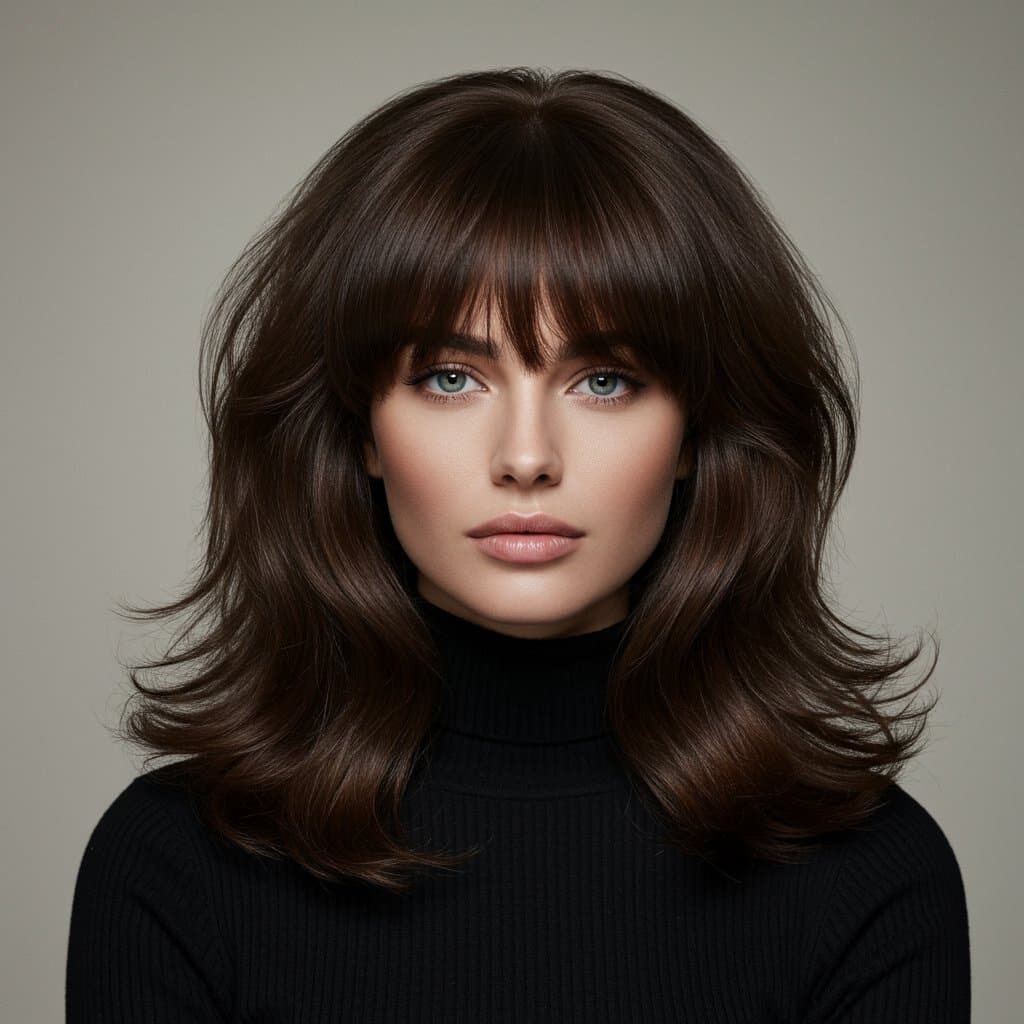
14 min read

11 min read
For millions of people around the world, caffeine is the non-negotiable fuel that powers the start of the day. It wakes up the brain, increases alertness, and boosts energy levels. But in recent years, the beauty and trichology industries have posed a fascinating question: If caffeine can wake up your brain, can it also wake up your hair follicles?
Caffeine-infused shampoos, conditioners, and scalp tonics have flooded the market, promising to halt hair loss and stimulate new growth. But amidst the marketing hype, consumers are right to ask: Does caffeine for hair growth actually work? Is there legitimate science backing these claims, or is it just another passing trend?
This comprehensive review dives deep into the clinical research, the biological mechanisms of how caffeine affects the hair follicle, and what realistic results one can expect from incorporating caffeine into a hair care regimen. We will explore the interaction between caffeine and hormones, the difference between drinking coffee and applying it topically, and the best methods for application.
To understand whether caffeine works, we must first understand the biology of hair growth and hair loss. The most common form of hair loss is Androgenetic Alopecia (pattern baldness), which affects both men and women. This condition is primarily driven by a sensitivity to Dihydrotestosterone (DHT), a byproduct of testosterone. DHT binds to hair follicles, causing them to shrink (miniaturize) and shortening the growth phase (anagen phase) of the hair cycle until the hair eventually stops growing entirely.
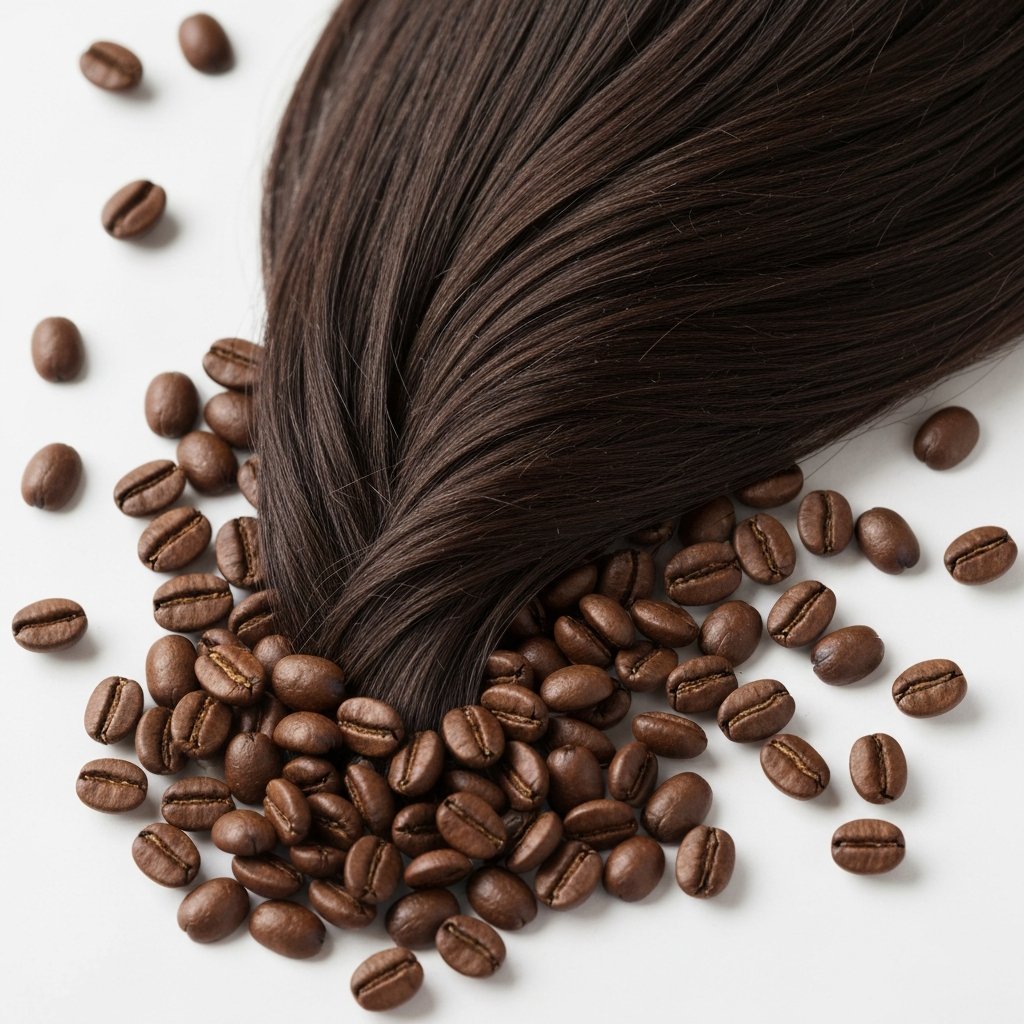
Research suggests that caffeine acts as a powerful antagonist to this process. In 2007, a seminal study published in the International Journal of Dermatology found that caffeine stimulates the hair shaft and helps hair grow faster by blocking the effects of DHT. When hair follicles were exposed to caffeine in a lab setting, the growth phase was extended, and the hair shaft length increased significantly.
Furthermore, caffeine is known to inhibit phosphodiesterase (PDE). By inhibiting PDE, caffeine increases the levels of cyclic adenosine monophosphate (cAMP) in the cells. High levels of cAMP stimulate cell metabolism and proliferation. In the context of hair, this means caffeine essentially provides an energy boost to the hair cells, encouraging them to divide and grow more rapidly. This "energy effect" is crucial because hair follicle cells are among the most rapidly dividing cells in the human body and require immense amounts of energy to sustain growth.
A common misconception is that drinking excessive amounts of coffee will lead to luscious locks. Unfortunately, the digestive system does not prioritize the hair follicles when distributing nutrients and compounds. For caffeine to reach the hair follicles through ingestion in a concentration high enough to have a therapeutic effect, a person would need to consume approximately 50 to 60 cups of coffee per day.

Obviously, this level of consumption is toxic and dangerous, leading to cardiac issues, anxiety, and other severe health problems. Therefore, the systemic delivery of caffeine is not a viable solution for hair growth. The research specifically points to topical application as the effective method.
When applied topically via shampoo or tonic, caffeine demonstrates an impressive ability to penetrate the skin barrier. Studies utilizing the "follicular shunt" theory show that caffeine travels down the hair shaft and penetrates the hair follicle directly. Research indicates that caffeine can be detected in the hair follicles as quickly as two minutes after topical application. Once there, it can remain active for up to 48 hours, even after the hair has been rinsed, provided the initial application was allowed sufficient contact time.
Scientific validation is the cornerstone of any effective treatment. Several key studies have shaped our current understanding of caffeine's role in trichology.

Minoxidil is the gold standard, FDA-approved topical drug for hair loss. How does caffeine compare? While Minoxidil is a pharmaceutical vasodilator that widens blood vessels to improve nutrient delivery, caffeine works primarily by inhibiting PDE and blocking DHT mechanisms locally.
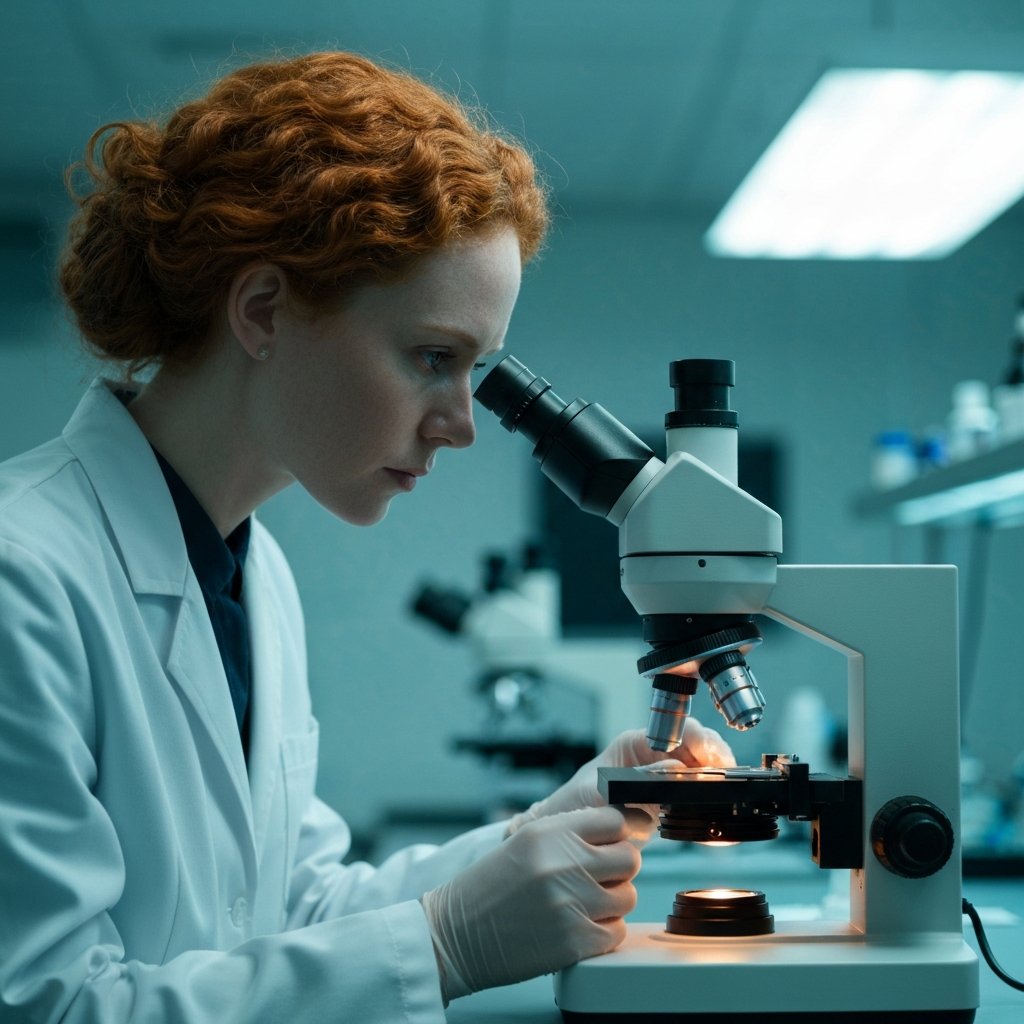
A 2018 non-inferiority study published in Skin Pharmacology and Physiology compared the efficacy of a caffeine-based liquid against a 5% minoxidil solution in men with androgenetic alopecia. The six-month study concluded that the caffeine solution was not inferior to the minoxidil solution. Both groups saw improvements in the ratio of anagen (growing) to telogen (resting) hairs.
However, it is important to note that while the results are promising, caffeine is generally classified as a cosmetic ingredient (cosmeceutical) rather than a drug. For severe hair loss, dermatologists often recommend a multi-faceted approach. Caffeine is rarely seen as a total replacement for medical treatments in advanced cases, but rather as a potent supportive therapy or a preventative measure for early-stage thinning.
Not all caffeine products are created equal. The concentration of caffeine, the pH of the product, and the delivery vehicle all matter. Here is a breakdown of common product types:
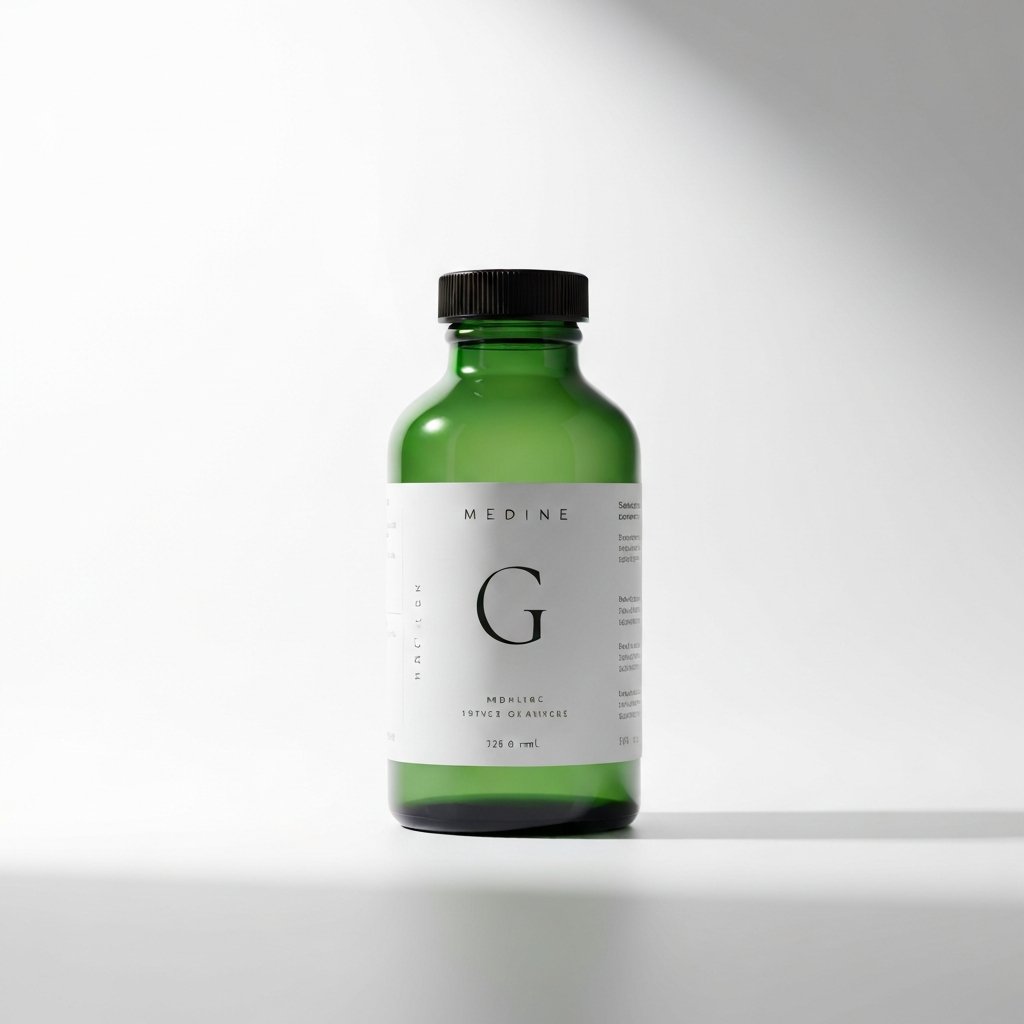
Generally, topical caffeine is considered very safe with a low risk of side effects. Unlike oral consumption, topical application does not significantly raise blood pressure or cause jitters. However, there are minor considerations to keep in mind.

Scalp Irritation: Some individuals may experience redness or itching, particularly if the product contains high levels of alcohol, which is often used as a solvent in tonics to help penetration. If you have a sensitive scalp, look for alcohol-free formulations.
Hair Texture Changes: Some users report that caffeine shampoos can leave hair feeling slightly stiffer or drier. This is often due to the formulation of the shampoo base rather than the caffeine itself. Using a high-quality moisturizing conditioner on the ends of the hair can mitigate this.
Shedding Phase: Like Minoxidil, any product that stimulates the hair cycle can cause a temporary "shedding" phase. This occurs when old, resting hairs are pushed out to make room for new growth. This is usually a sign that the treatment is working, but it can be alarming for new users.
To get the most out of caffeine-based treatments, consistency and technique are paramount. Here are professional tips to enhance efficacy:

Q: Can I just mix ground coffee into my regular shampoo? A: While this is a popular DIY trend, it is generally ineffective. The caffeine in coffee grounds is not easily extracted or absorbed by the scalp in a shower environment. Furthermore, coffee grounds are abrasive and can damage the hair cuticle or clog the drain. Scientifically formulated products use purified, bio-available caffeine.
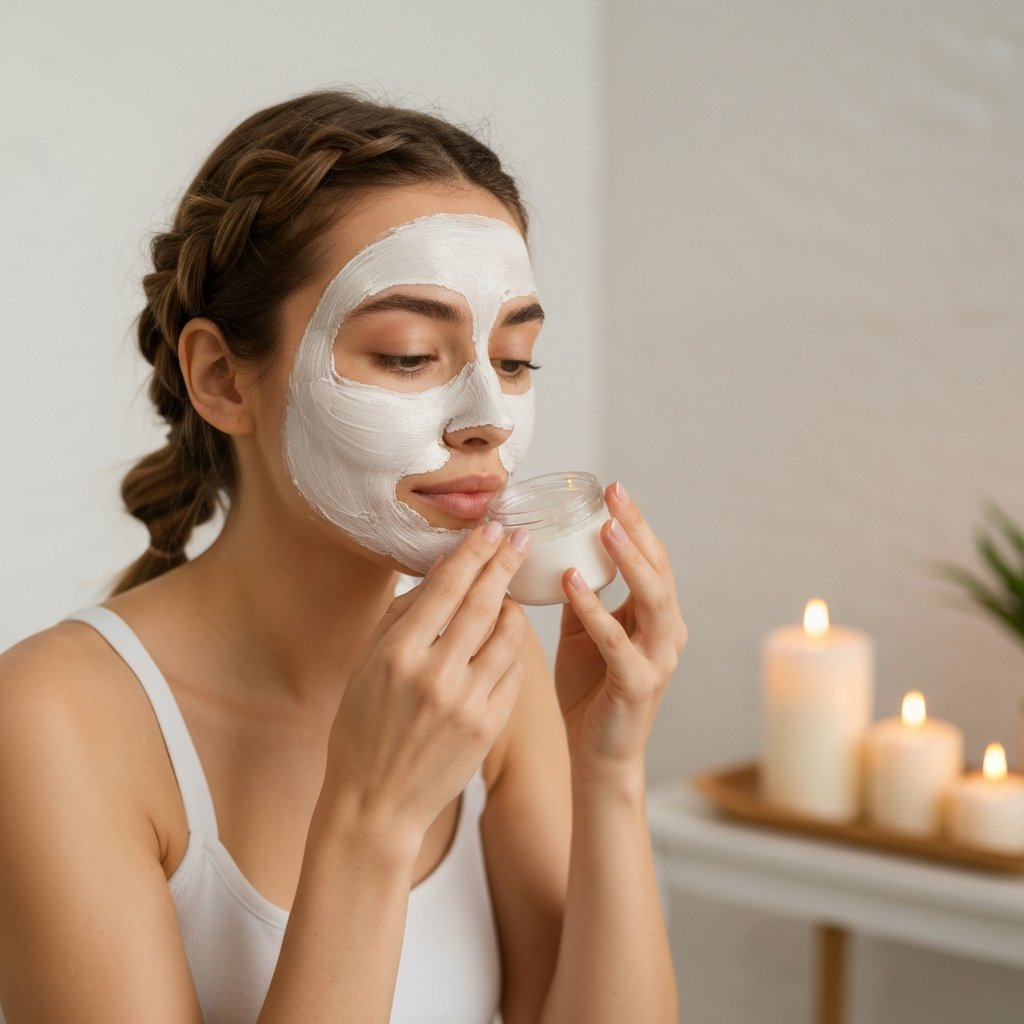
Q: Will caffeine shampoo keep me awake at night? A: It is highly unlikely. The amount of caffeine absorbed systemically through the scalp is negligible compared to drinking coffee. It typically does not affect sleep patterns or heart rate.
Q: Does caffeine work for beard growth? A: Theoretically, yes. The skin on the face is different from the scalp, but the mechanism of stimulating the follicle and increasing blood flow remains similar. Many men report success using caffeine-infused beard oils.
Q: Can caffeine regrow hair on a completely bald head? A: No. Once a hair follicle is dead and the skin has fibrosed (scarred over), no topical treatment can revive it. Caffeine is most effective for preserving existing hair and thickening thinning hair where the follicle is still alive.
Q: Is caffeine safe for color-treated hair? A: Yes, caffeine itself does not strip color. However, some specific anti-hair loss shampoos can be harsh (containing strong sulfates). If you have colored hair, look for a sulfate-free caffeine shampoo.
The research regarding caffeine for hair growth is promising and increasingly substantial. While it is not a miracle cure that will restore a full head of hair overnight, the scientific evidence supports its ability to penetrate the hair follicle, counteract the suppressive effects of DHT, and stimulate energy metabolism within hair cells.

For individuals noticing early signs of thinning or those looking to maximize their hair's potential density, caffeine-infused products represent a safe, accessible, and scientifically grounded addition to a hair care routine. As with all hair treatments, patience and consistency are the true secrets to success. By choosing high-quality formulations and adhering to the "two-minute rule," you can effectively harness the power of caffeine to wake up your roots.